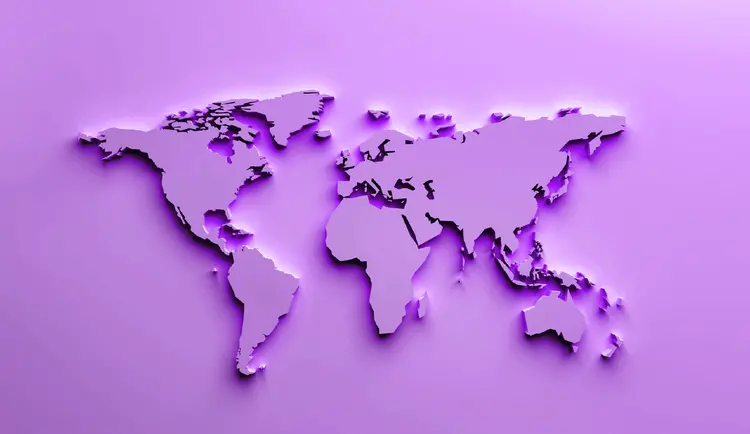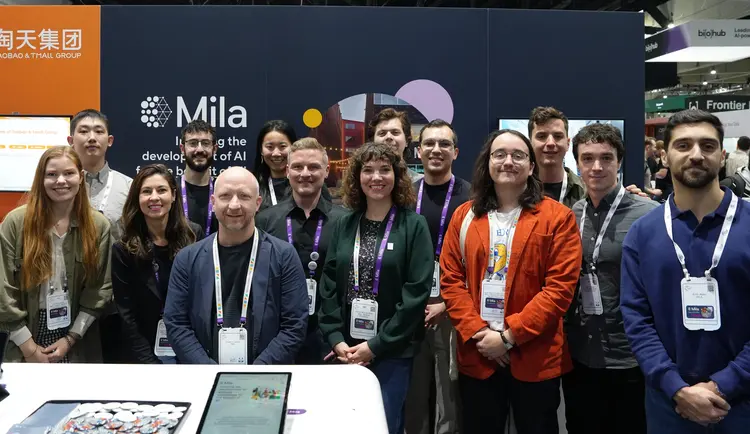
It is difficult to downplay the importance of combating climate change. A recent report from the Intergovernmental Panel on Climate Change has determined that dramatic and rapid changes to the global economy are required in order to avoid increasing climate-related risks for natural and human systems. In May, a report by the Intergovernmental Science-Policy Platform on Biodiversity and Ecosystem Services (IPBES) identified over one million animal and plant species threatened with extinction due to human activity.
Despite this, public concern and awareness of climate change does not match the magnitude of its threat to humans and our environment. One reason for this mismatch is that it is difficult for people to mentally simulate the complex and probabilistic effects of climate change. We also have trouble visualizing the impact that our actions will have on our future, especially if the consequences are long-term, abstract, and at odds with our current behavior and identity.
To overcome these challenges, our team, led by Professor Yoshua Bengio, are working to develop a Machine Learning based tool showing in a personalized way the probable effect that climate change will have on a specific location familiar to the viewer. Given an address, it generates an image projecting transformation which are likely to occur there, based on a formal climate model of extreme weather phenomena.
“Machine Learning is an inspiring field because it gives researchers the potential to have a positive impact on our society while also moving forward in terms of scientific knowledge and technological tools.” Sasha Luccioni, postdoctoral researcher at Mila.
The current version of the tool is a prototype to illustrate the feasibility of applying generative models to create personalized images of an extreme climate event, flooding, that is expected to increase in frequency based on climate change projections (see images). Subsequent versions of our model will integrate more varied types of houses and surroundings, as well as different types of climate-change related extreme event phenomena (i.e. droughts, hurricanes, wildfires, air pollution etc), depending on the expected impacts at a given location, as well as forecast time horizons.
Another key part of our tool is the addition of ‘choice knobs’, to enable users to visually see the impact of their personal choices, such as deciding to use more public transportation, as well as the impact of broader policy decisions, such as carbon tax and increasing renewable portfolio standards. This is based on research that shows that when people are given accurate depictions of how actions today affect outcomes tomorrow, they often change their behavior, behaving more like people who have thought about the issue at length.
At Mila, our multidisciplinary team is working to bridge the gaps at the intersection of climate science and machine learning. For instance, translating the numerical output of existing climate models into a realistic visual representation involves incorporating physical constraints to GAN training, so that we not only transform a house to its projected flooded state, but also take into account the physical characteristics of a flooding event at a given location. We are also exploring the cognitive and behavioral impacts of our images, in order to identify the kinds of images that can inspire people to take collective action, helping the general population progress towards greater and more visible public support for climate change mitigation steps.





